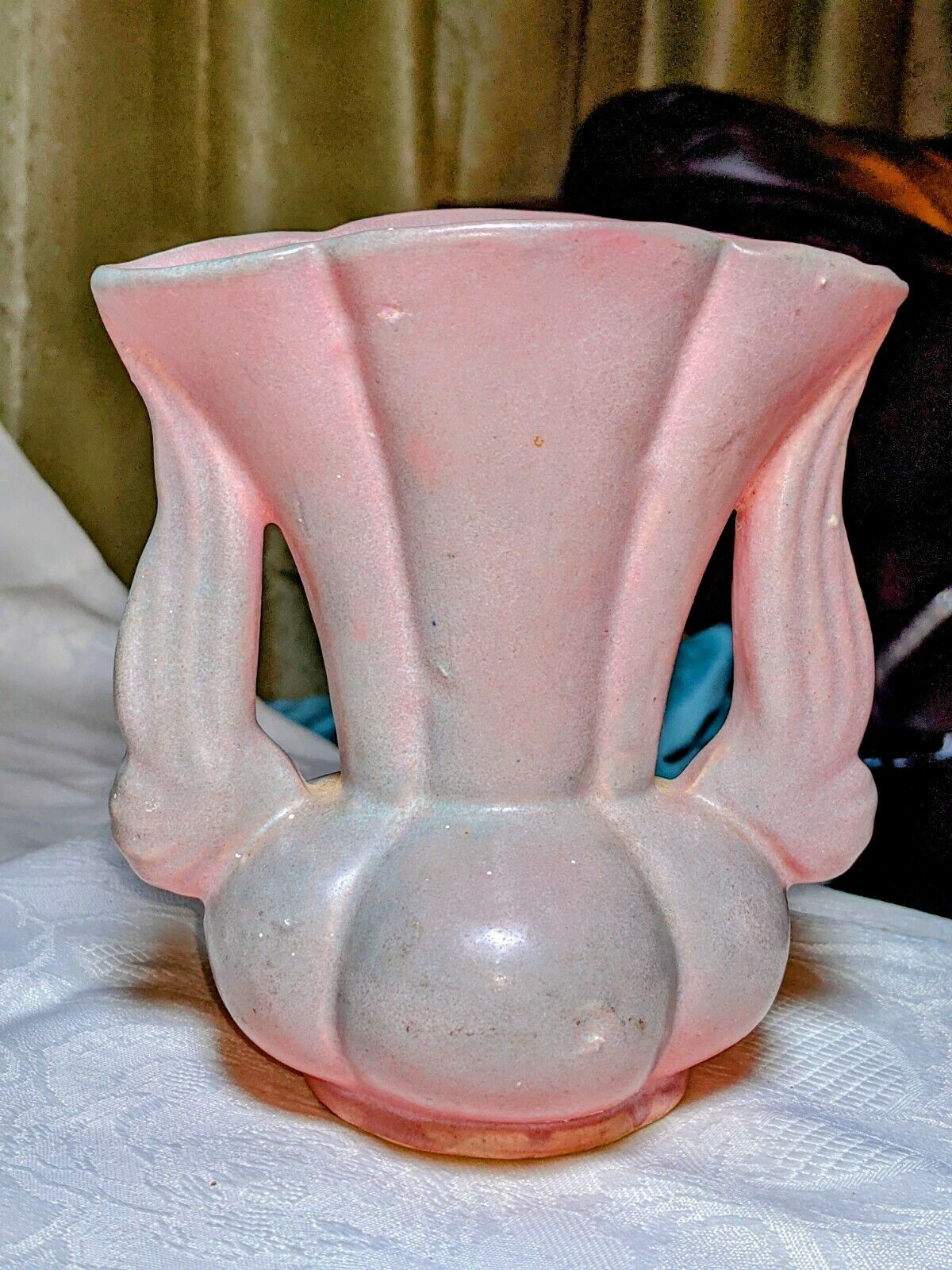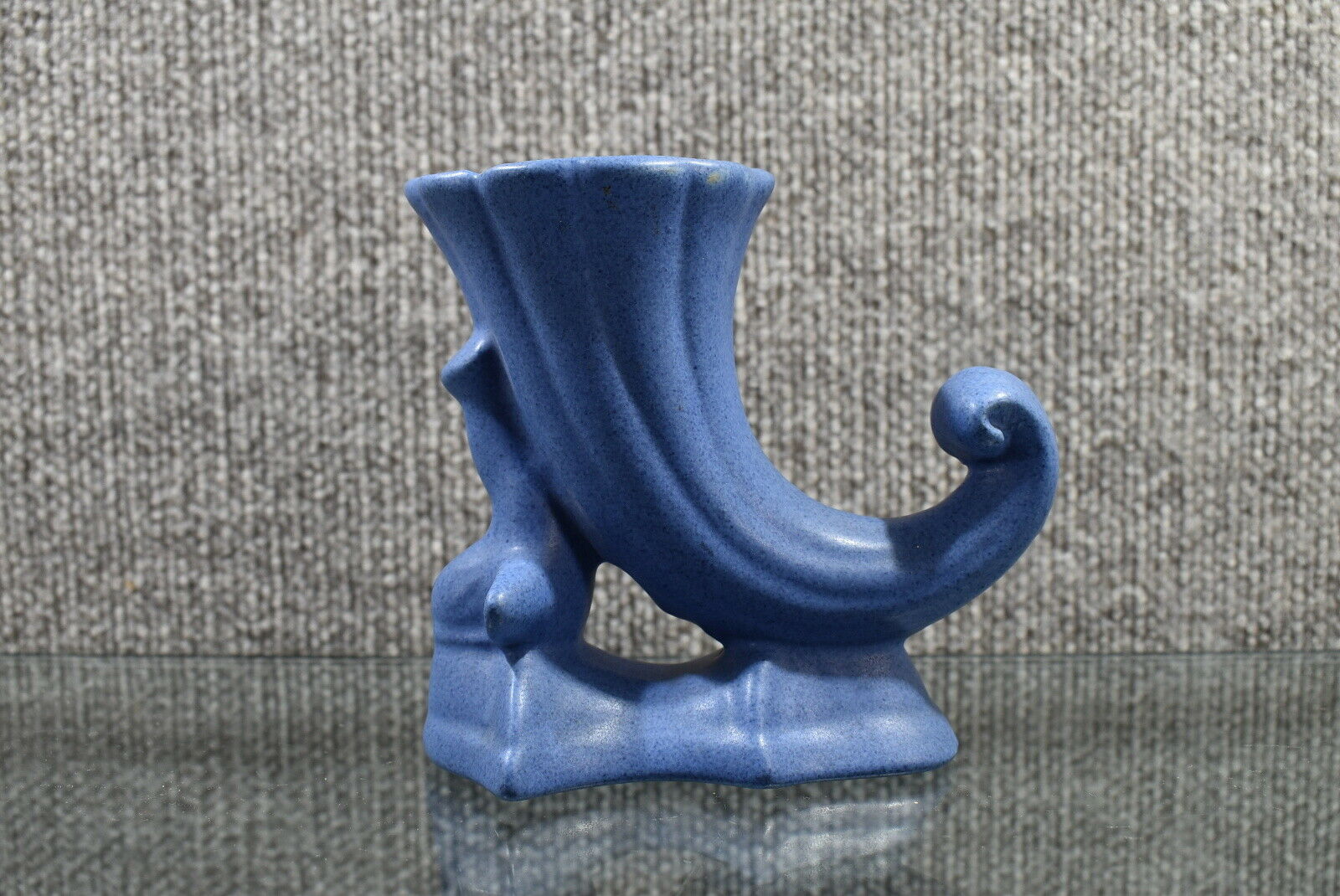-40%
NILOAK POTTERY HYWOOD LINE OZARK DAWN STORK FROG PLANTER MELON PATTERN BASE
$ 124.08
- Description
- Size Guide
Description
NILOAK POTTERY?Niloak Pottery Produced Art Ceramics In Benton, Arkansas From 1910 Through 1947.
The Niloak Pottery began making arts and crafts ceramics in 1910 as the Eagle Pottery Company. They are best known for the "Mission Swirl" line, a marble neriage style. Niloak also produced castware from molds, mostly planters and vases until they went bankrupt in 1947.
As the premiere manufacturer of art pottery in Arkansas, vintage Niloak Pottery is highly collectible, especially to those who enjoy the mission swirl line. These pieces fit perfectly with a prairie-style decorative scheme, and the prices are average when compared to many other period potteries. The wide range of clay earth-tone combinations allow decorators to fit almost any color pallette, especially when utilizing the simpler forms.
Niloak Pottery Hywood
Mar 24, 2018
As the great depression spread across the world in 1929, Niloak sought to find a way to compete in the inexpensive pottery market with other potteries such as Weller Pottery and Rookwood Pottery. The result was Hywood, a line introduced in 1931. The name Hywood was created from "Hy" from the owner's last name "Hyten" and "wood" from the wood used for the kiln fuel for that particular line.
The designs were created by Stoin M. Stoin, a Bulgarian immigrant who had previously designed vessels for the Weller Pottery Company. Stoin designed 62 shapes for Niloak, all wood-fired and hand-thrown. These are marked as "Hywood Art Pottery" , and were each covered with one of nine glazes whose formulas Stoin refused to share. These nine original glazes were were all matte, and were often applied as two color combinations. The original color schemes included Ozark Dawn, Peacock Blue, and Sea Green.
A History of the Niloak Pottery Company
Mar 21, 2018
It is known that basic clay products were created in Benton, Arkansas by residents as early as 1868. Several home potters created mostly utilitarian items such as chicken feeders, jugs, crocks, and large pots. By 1897, the only real production in Benton was provided by the Hyten Bros. Pottery. Brothers Charles, Paul, and Lee made simple items for the local residents such as jugs and churns. By 1902, two of the brothers had left for other endeavors, and Charles became the sole owner. By 1906, he had renamed his company as Eagle Pottery.
The history of Eagle Pottery was forever altered by the Ouachita Pottery, a company located 30 miles away in Hot Springs. The Ouachita Pottery created neriage swirl pottery from the local clays in small quantities as early as 1906. There is no doubt that Charles Hyten was made aware of it, but regardless, The Eagle Pottery Company successfully produced their first swirl pottery in 1910. This product was marketed as Niloak (Kaolin spelled backwards) by the Eagle Pottery Company. It was an almost instant success.
By 1911 the production requirements increased the need for more and more pottery, and as many as twenty-five potters were employed in the growing plant. The brand became so popular that a new company called Niloak was incorporated by many community leaders for the promotion of the swirl pottery. Charles Hyten was not a shareholder, but the general relationship was based upon his Eagle Pottery providing all of the swirl pottery to the new Niloak Pottery Company which would promote and sell it. It was their intent was to directly compete with the giants in the industry, such as Roseville Pottery in Zanesville, Ohio, and Grueby Pottery in Boston.
Little is known about the history of the company between 1915 and 1922. In 1918 the Niloak Pottery Company dissolved, with the charter passing to Charles Hyten and the Eagle Pottery Company. Beginning around 1922, Hyten and his associates embarked upon numerous automobile trips to major cities across the country. These promotional demonstration trips were used to convince store owners to carry Niloak swirl products as well as build public awareness and interest.
With the popularity of the Niloak swirl pottery increasing, several other companies began experimenting and marketing similar products. One of the most prominent was the Denver White Pottery. When Hyten became aware of these pieces being offered, he took action. By 1925 he had secured the Niloak trademark, and he filed for a patent for the process in the same year. In 1928 patent #1,657,997 was granted, ending the imitation of his swirl pottery by his competition.
In what appears to be a horrific case of bad timing, Niloak borrowed large sums to fund a launch of a whole new line: The Hywood Pottery. Over 400 pieces of traditional glazed wares were placed before the public in 1931 just as the great depression was playing out across the world. The consequences were disastrous. By 1934, the company fell in receivership, and was purchased by a group of Little Rock businessmen. They met with little success, in fact, in 1935 the company only operated for less than 4 weeks. In 1938, a new large kiln was built in an attempt to lower production costs for castware, but that also appeared futile. By 1940 almost no swirl products were sold, and the castware could not support continuing operations.
World War Two brought a temporary reprieve, as they won contracts for porcelain electrical insulators, jars for ordinance, and even coffee mugs for soldiers. After the war, several more disasters befell the company, including a fire at the plant in 1945. The rebuilding delayed production of orders, effectively ending the Niloak Pottery Company in 1947.



















